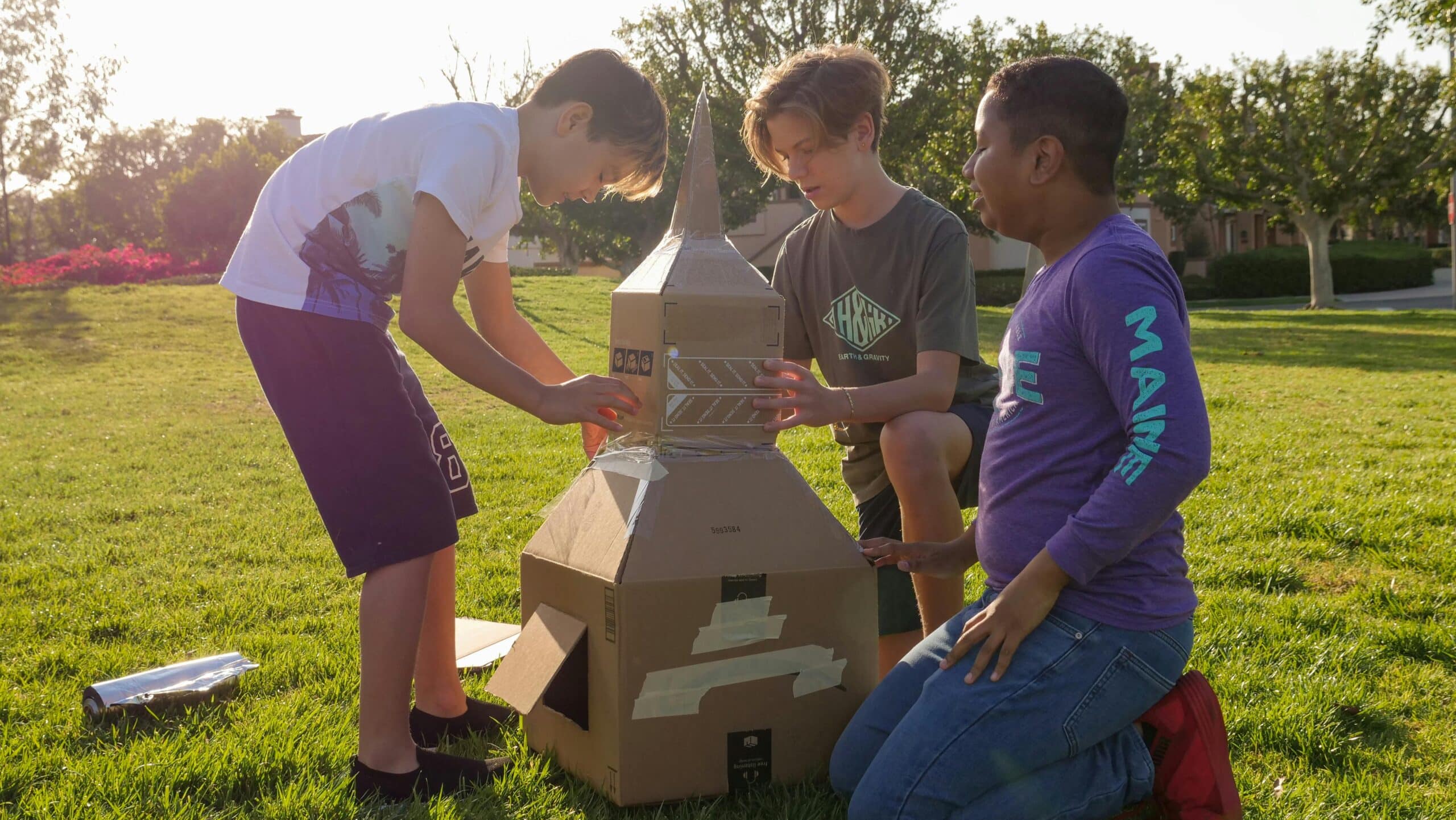Hello, homeschooling families and nature enthusiasts! 🌿 If you’re looking to add a fresh and engaging element to your homeschooling routine, nature walks are a fantastic option. They offer an array of educational benefits while connecting your child with the natural world. Let’s explore how to seamlessly integrate nature walks into your homeschooling schedule and make the most of these outdoor adventures.
1. Set Clear Learning Objectives
Before heading out on your nature walk, establish clear learning objectives to focus your exploration.
Examples:
- Science Exploration: Identify local flora and fauna, observe seasonal changes, or study ecosystems.
- Math Skills: Measure the height of trees, count different types of leaves, or track distances walked.
- Art and Creativity: Collect natural materials for art projects, observe natural patterns, and draw or paint the landscape.
2. Plan Your Walks
Planning is key to making nature walks a successful part of your homeschooling routine.
Tips:
- Choose Routes: Select trails or paths that are suitable for your child’s age and interests. Consider varying the routes to explore different environments and ecosystems.
- Timing: Decide on a regular time for nature walks, whether daily, weekly, or bi-weekly, to establish a routine. Early morning or late afternoon can offer unique wildlife and light conditions.
3. Integrate Curriculum with Nature
Use nature walks to complement and enhance your existing curriculum.
Examples:
- Science: Use the walk to observe and discuss different plant and animal species. Bring a field guide to help with identification and record observations in a nature journal.
- Geography: Teach about local geography, landforms, and the environment. Discuss maps and use compass skills to navigate.
- Language Arts: Encourage your child to write or draw about their observations, or create a story based on the walk. This enhances writing and creative skills.
4. Create a Nature Journal
A nature journal is a valuable tool for documenting and reflecting on each walk.
How to Use It:
- Sketches and Notes: Encourage your child to sketch interesting plants, animals, or scenery. Write notes about what they observe, including details like weather conditions or changes in the environment.
- Record Findings: Use the journal to record new discoveries, such as animal tracks or types of plants. This helps reinforce learning and provides a reference for future walks.
5. Incorporate Hands-On Activities
Make nature walks interactive with hands-on activities and experiments.
Activities to Try:
- Leaf Rubbings: Collect leaves and create rubbings by placing paper over them and rubbing with crayons or pencils.
- Nature Scavenger Hunt: Create a list of items to find during the walk, such as specific types of leaves, rocks, or insects. This adds an element of fun and encourages observation skills.
- Biomonitoring: Collect samples of soil or water and analyze them for signs of pollution or changes in the environment.
6. Explore Different Seasons
Each season offers unique learning opportunities and experiences.
Seasonal Activities:
- Spring: Observe new plant growth, blooming flowers, and animal activity.
- Summer: Explore the benefits of sunlight, study insects, and enjoy the full foliage.
- Autumn: Collect and identify different types of leaves, study the process of decomposition, and enjoy fall colors.
- Winter: Study how animals adapt to cold weather, observe snow or ice formations, and track animal tracks in the snow.
7. Engage with Local Experts
Enhance your nature walks by connecting with local experts or organizations.
Ways to Engage:
- Local Nature Groups: Join local nature groups or conservation organizations for guided walks and educational programs.
- Guest Speakers: Invite local experts, such as biologists or environmental educators, to share their knowledge and enhance your nature walks with specialized insights.
8. Reflect and Discuss
After each nature walk, take time to reflect and discuss what was learned.
Discussion Points:
- What Did We Learn? Talk about new discoveries and what your child found most interesting.
- What Can We Improve? Discuss what went well and any challenges encountered. Use this feedback to plan future walks.
- How Does This Connect? Relate the observations from the walk to other subjects or topics you are studying.
9. Use Technology Wisely
Incorporate technology to enhance learning while maintaining the focus on nature.
Tech Tips:
- Field Guides Apps: Use smartphone apps for plant and animal identification.
- Photography: Take photos during the walk to analyze later and incorporate into projects or presentations.
10. Encourage Regular Outdoor Time
Make nature walks a regular part of your homeschooling routine to build a habit of outdoor exploration.
Tips for Consistency:
- Make It a Priority: Schedule nature walks as part of your weekly plan and stick to it to establish a routine.
- Involve the Family: Encourage family participation to make walks a fun and engaging experience for everyone.
In Summary
Incorporating nature walks into your homeschooling routine offers a wealth of educational opportunities and enriches your child’s learning experience. By setting clear objectives, planning engaging activities, and reflecting on each walk, you can create memorable and educational outdoor adventures. Embrace the beauty of nature and the joy of discovery, and watch as your homeschooling routine flourishes with fresh insights and newfound enthusiasm! 🌳👨👩👧👦📚






